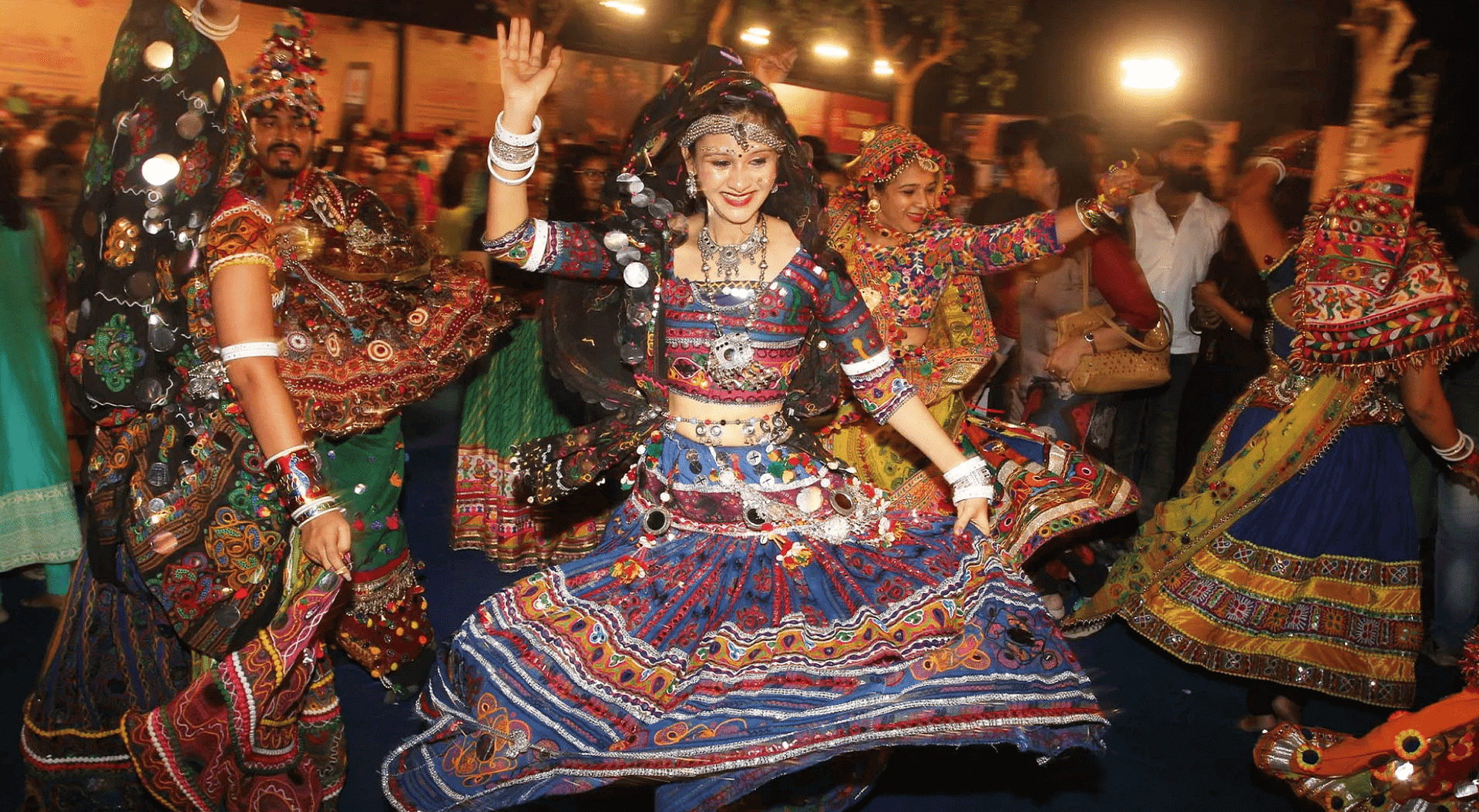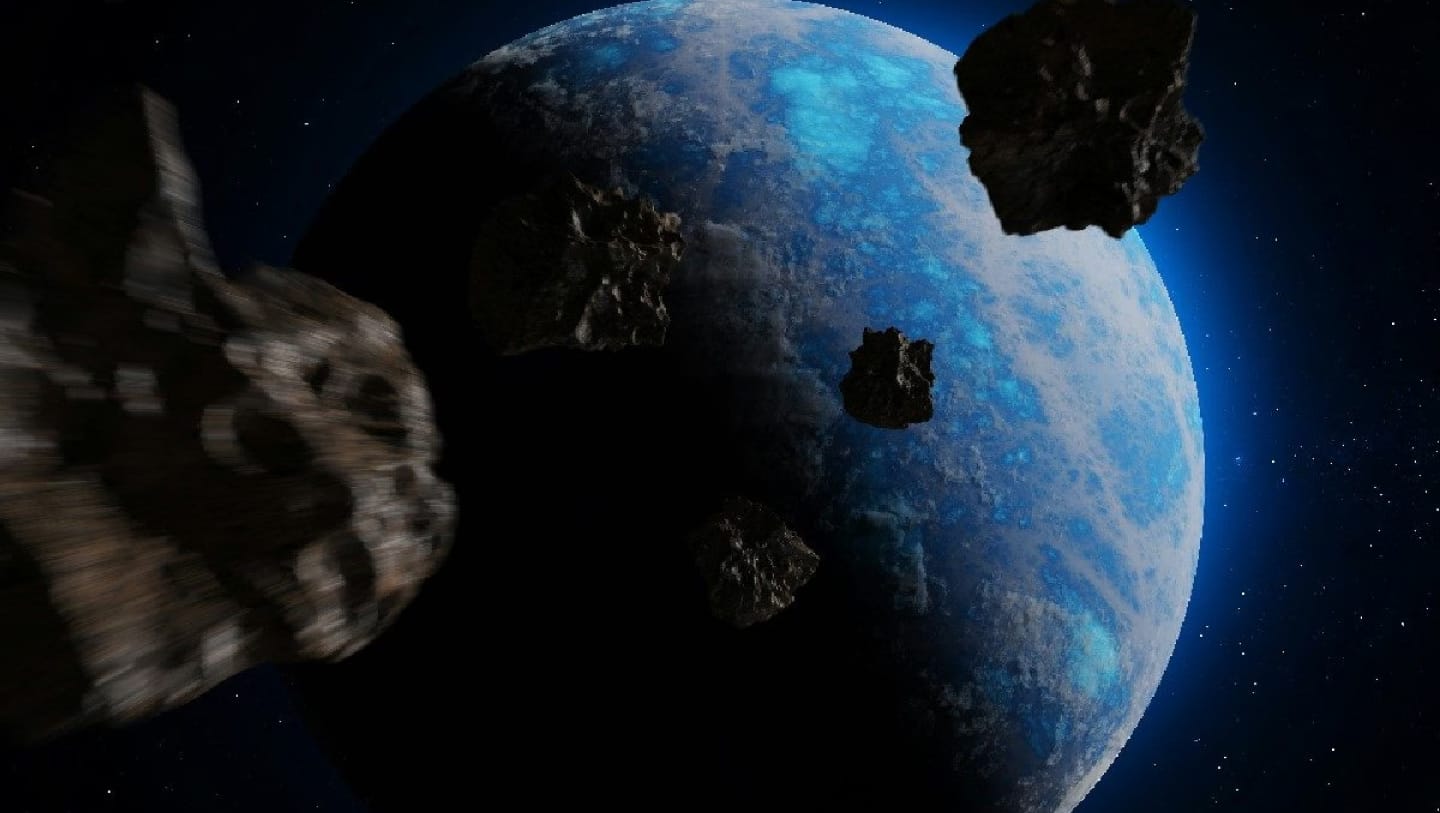Garba is a dance form originating from the western Indian state of Gujarat that is performed in October in honor of the Hindu deity of divinity, Goddess Durga. Although Garba is mainly an event for Navaratri celebrations, this joyous folk dance is performed on almost every special occasion in Gujarat as a sacred tradition. Although men participate in some of these dances, Garba performers are typically women and young girls.
Recognized worldwide in recent times, Garba empowers people by preaching the presence of divine energy in every human being. Hundreds of people gather in one place and perform in groups with stunning pomp and ceremony.
Origin of Garba
The term “Garba” comes from a Sanskrit word meaning “womb” or “deep” and carries a deep symbolic interpretation. This folk dance originated in Gujarat and was first performed in Vadodara, a city now considered the cultural capital of Gujarat due to its strong religious influence. Garba is also known as Garbha, Garbha Deep and Garbhi, varying according to local dialects of the language. The dance celebrates fertility and is performed as a tribute to womanhood.
Meaning of Garba in Hinduism
The Garba dance is performed around a lantern, a vessel that represents the human body carrying the soul within. As the dancers spin around him in concentric circles, just as Hinduism depicts time as a cycle, Garba demonstrates the endless nature of birth, death and reincarnation. While the entire universe evolves and changes, Goddess Durga and her power in the souls of the dancers is eternal.
Garba in Indian Mythology
In Hindu mythology, Navratri is celebrated to commemorate the victory of Goddess Durga when she defeated evil and Garba is the expression of God. It is an important part of energy. When there is chaos that brings peace, his sword is the most powerful weapon to unleash his anger on demons. The Dandiya stick used by Garba symbolizes the goddess sword and invincibility.
Types of Garba Dance
Garba folk dance events consist of various Gujarati dance forms united to form a snap, clap, twirl style. According to Gujarati language, taali Garba and tran taali Garba are two types of dance forms which mean 2-clap Garba and 3-clap Garba. Garba is mandatory to be performed barefoot and the dancers do it on all kinds of surfaces. Hindus believe it connects you to mother earth and the Goddess.
Moving counter-clockwise, participants form concentric circles and each circle moves in opposite directions. The dancers begin with slow steps, gradually increasing the tempo as everyone’s feet join in a trance.
Garba Traditional Costumes
While dancing is definitely the focus, it’s equally important to dress beautifully for it. Garba presents you with some of the finest Indian ethnic wear. The traditional male costume is the kediyu, which consists of a kafni pajama, a round kurta and a turban decorated with sequins on the head.
Women wear the chaniya choli, which is a three-piece dress with an intricately embroidered blouse with beads, tiny mirrors and shells, and a flared long skirt with similar embellishments. A dupatta or chuniya is an ornate piece of cloth that women drape around the head and chest. Little girls can be seen wearing Ghagra choli. Both men and women adorn themselves with heavy silver-plated jewellery, glittering belts, maang tikas, chunky metal bangles and jhumkas or dangling earrings. Bold eyeliner or kajal and bindis are an integral part of the Garba look.




